If you want to see your dog happy and free from unbearable pain, which could be quite disturbing, you must judge whether that is comfortable or not and if not, what can be the reason and how to address that.
Remember, if the dog is suffering from the issue of pancreatitis, then you must know how to comfort a dog with pancreatitis. However, it is recommended to just take some time from your tough routine; and take your pet to the vet for the diagnosis is what you were doubtful of, scary pancreatitis.
If you reported that your dog is suffering from the issues of pancreatitis and not feeling comfort then must arm yourself with all the information to give comfort to a dog with pancreatitis at home through the means we are trying to explain in this article.
However, let’s first shed some light on dog pancreatitis, the reasons for the rising of the disease, its forms, the measures for the diagnosis and thereafter the methods to give comfort to a dog with pancreatitis.
Table of Contents
- What is dog pancreatitis?
- What are the reasons causing pancreatitis in dogs?
- What is the difference between acute and chronic pancreatitis?
- What are the known symptoms of pancreatitis?
- How is pancreatitis in dogs diagnosed?
- What should be the diet of a dog with pancreatitis?
- Herbal treatment for the dogs with pancreatitis:
- Measures on how to give comfort to a dog with pancreatitis
- Conclusion
- FREQUENTLY ASKED QUESTIONS:
- Is it good for dogs to take lots of rest in pancreatitis?
- What is the approximate fasting time for a dog with pancreatitis?
- Can the pain of pancreatitis go away on its own without intervention?
- How many short meals should you be feeding a dog with pancreatitis?
- What types of foods make pancreatitis worse in pups?
- Does pancreatitis reduce a dog’s lifespan?
- Is pancreatitis life-threatening to dogs?
- What’s best for pancreatitis pain?
- Is discolouration of poop a sign of underlying pancreatitis?
- What does the term necrotizing pancreatitis in dogs mean?
- Are eggs good for dogs with pancreatitis?
- Can pancreatitis in dogs be cured at home?
- What is the recovery period from pancreatitis?
What is dog pancreatitis?
An inflammation of the pancreas within the dog is known as dog pancreatitis. The pancreas in dogs is just below the stomach and produces digestive enzymes to cut down fats, carbohydrates, and proteins.
The pancreas also functions in the movement of insulin to help the circulating glucose from the blood into the cells to produce energy. For unknown reasons, the enzymes get activated within the pancreas, ultimately causing pancreatic irritation and leading to a condition called dog pancreatitis.
For dogs, pancreatitis is painful and difficult to bear and causes discomfort in the pets, further, it also welcomes a host of other challenges, including dehydration, organ damage and insufficient production of enzymes.
What are the reasons causing pancreatitis in dogs?
Most of the time, when a dog consumes too much fat, it might suffer from pancreatitis. Normally, when families gather around to enjoy holiday meals together, food gets dropped by them and is chugged by dogs down their throats.
The excess intake of fat releases lipases (fat-digesting pancreatic enzymes), ultimately resulting in internal pancreatic digestion, inflammation, and sometimes, tissue damage.
Obesity is yet another cause of pancreatitis in most dogs. The extra body weight of the dog puts enough strain on all the organs, including the pancreas. Prolonged obesity could be a tentative cause of pancreatitis in dogs.
Within the DNA, some of the dogs carry the bacteria of pancreatitis as part of their genetic makeup. Following these, toxins are released from the damaged tissue causing a systemic inflammatory response and severe illness.
What is the difference between acute and chronic pancreatitis?
There is no vital difference in the causes and reasons behind these forms of pancreatitis, while the differences have been highlighted considering the impact of each form. Acute pancreatitis comes in suddenly, with no previous record of pancreatic inflammation, and could be life-threatening.
In this case, the inflammation could spread to other organs. Chronic pancreatitis is one that is been developing for quite some time is usually symptomless and is considered to have prolonged in the body of the pets.
What are the known symptoms of pancreatitis?
The following telltale symptoms will indicate the pancreatitis discomforting your dog: -
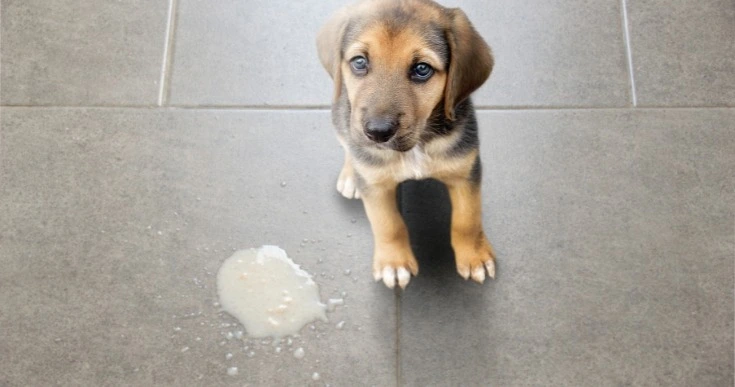
Vomiting or Diarrhea
One of the prominent signs of pancreatitis is an upset stomach. An upset stomach could be one of the many causes of persistent vomiting and continued diarrhea.
Loss of appetite/Anorexia
The pancreas is a significant part of the digestive system, and an inflamed one might fade away your dog’s desire to eat or drink. As a result, you might notice them ignoring your treats or their favourite kibble.
Abdominal discomfort and pain
An inflamed and swollen pancreas is significantly hurting, which will eventually lower your pet’s activity levels. With abdominal pain, you will find your dog often in a prayer position, with its front legs stretched on the ground and posterior legs in the air. With this position, you can clearly understand that your pup is going through severe pain.
Dehydration
With severe abdominal pain, your dog's urge to drink water becomes reduced, resulting in severe dehydration. Dry eyes and nose, reduced levels of energy, and thick saliva are signs of severe dehydration.
How is pancreatitis in dogs diagnosed?
If you encounter behavioural changes in your dog and an extremely sluggish attitude, you should rush to your dog's Vet. The symptoms mentioned above cannot rule out pancreatitis. To rule out pancreatitis, vet specialists may run routine blood tests to detect the reasons behind abnormal abdominal pain, which could result in confirming your suspicion or some other medical issue.
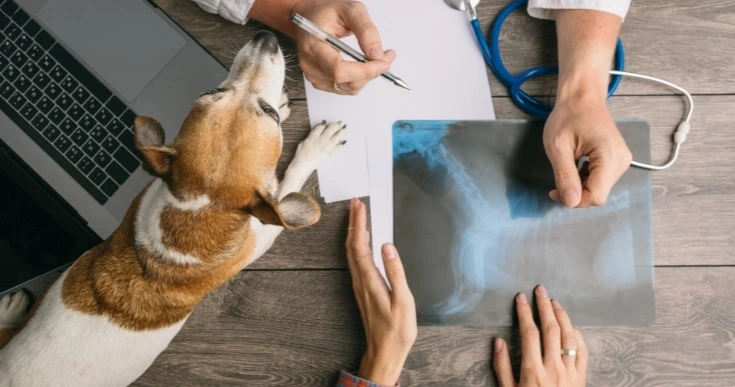
To look for pancreatitis, the blood sample should have elevated levels of pancreatic enzymes. Besides, a vet may also ask for a radiology test such as X-rays to look out for the underlying vomiting causes, an obstruction, or ingestion of an unwanted object.
Abdominal ultrasounds are yet another valuable diagnosis to detect severe and acute pancreatitis. The change in the pancreas size will help identify the intensity of pancreatitis.
What should be the diet of a dog with pancreatitis?
The discomfort and lethargies of your dog might be bothersome to you. But it is not to bring you into a panic situation rather you are supposed to follow the instructions given by your vet, as it will help your dear pet's speedy recovery. To overcome pancreatitis, vets usually recommend home-cooked chicken or turkey.
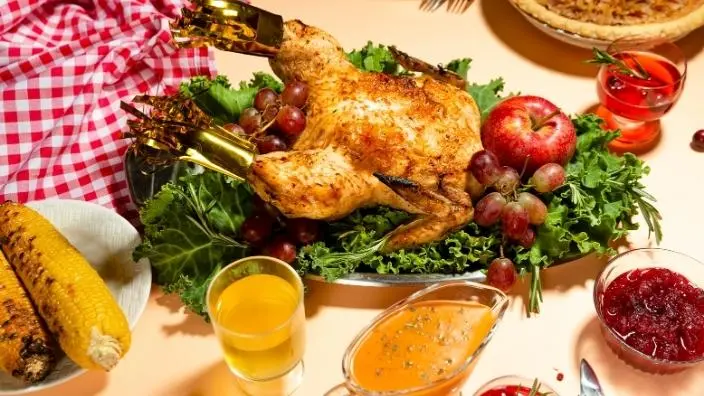
You can also feed your dog with rice, bland cooked vegetables, and low-fat beef. However, remember that the dog's food should contain 60-80% of protein and fat below 10-15%.
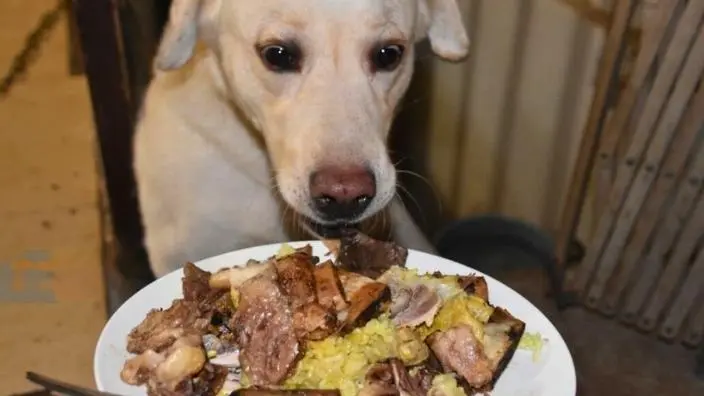
If you are looking to feed your dog with some pre-prepared food, then you must discuss with your vet the right brand with the least fat content. By ingesting appropriate pet formula, your dog will most likely recover very soon.
Herbal treatment for the dogs with pancreatitis:
It has been tested many times that intake of herbs like ginger, milk, and turmeric could help in maintaining liver functions and also helpful for those animals suffering from pancreatitis-related issues. Use of catnip tea has also been proved beneficial for the recovery phase of the dog with pancreatitis. To know more about the catnip tea read the article How to Make Catnip Tea
It has also been established that turmeric contains curcumin, a powerful antioxidant famous for reducing the impact of inflammation and providing quick relief from the symptoms raised as the result of an inflamed pancreas.

It has been reported that pancreatitis patients should take 500-600 mg of turmeric every day. Besides, applying different therapies such as homoeopathy and acupuncture are also considered useful for pain relief and other nausea-associated medical problems.
Measures on how to give comfort to a dog with pancreatitis
Medical treatment is indeed vital when it comes to treating dog pancreatitis. The treatment prescribed by the medical vet is the prime step to follow. Further, it would help the recovery phase if you were mindful of following these comfort measures at home to make your beloved dog more comfortable: -
Comfort to a dog by providing comfortable and soft bedding

Make sure to use comfy bedding to help your dog sleep with comfort. Not only should the bedding be comfortable but easily maneuverable. This extra comfy bedding will help in reducing the body ache while providing additional support needed to the ached body.
Count small meals in

Offer your pup smaller and simpler meals. The small amount of food would not be harsh on the already inflamed tissues. With little ingested quantities, the digestive distress will be reduced, and the digestion process will be much easier. You can continue with a more spartan, low-fat diet, ingested in smaller quantities.
Heating
To help release discomfort and ease pain in your pet, applying a little amount of heat with a gentle hand will provide the necessary warmth. You can use a warm water bottle, a warm cloth, or even a heat pad would do the work.
Distraction is the key
To help your pup get over the pain of pancreatitis, keep distracting your pet. Offer them to play, with or without toys, the more physical exertion the dogs are with outdoor activities, the more they are easily distracted by the uncomfortable pain. It means engaging them in healthy activity will boost their digestion system and they will also distract from feeling the pain of pancreatitis.
Give extra attention and assurance
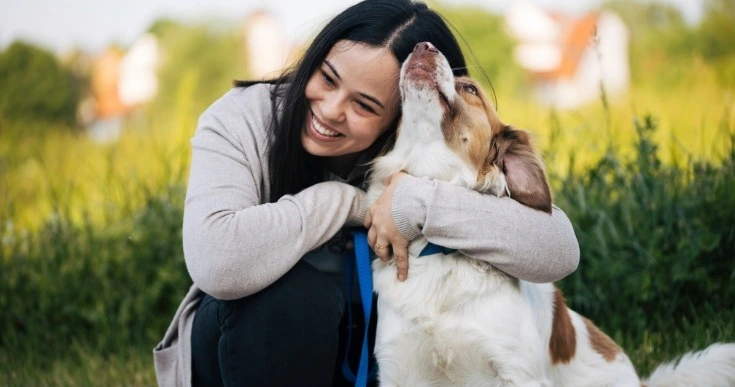
When somebody around us is in pain and unwell, they need extra care and assurance to help them recover fast. Likewise, assure your pet that you are there, which will certainly pass. With this assurance and extra attention, the pups are more likely to get emotional support during this hour of need, aiding them with a speedy recovery.
Pay attention to your dog's body language
As for comfort, some dogs may not be interested in being hugged, whereas others may not want you to leave them and continue with your soothing embraces for long hours. Therefore, keenly pay attention to their body language. If their body symbolizes a little detachment from you, give them some time; they probably want some time alone to get over their teething or growling feelings.
Mobility
To help combat lethargy and dizziness, a little push to improve mobility would be a step of relief for you and the dog. Much mobility will loosen muscles and provide much-needed relief from severe abdominal pain.
A healthy lifestyle
As much as feeding your dog a healthy diet is essential, providing a sustainable and healthy living environment for your dog preferably in times of discomfort is equally important. Regular exercise, a cleaner ambience, and neat habits will help provide a healthy lifestyle to the dog, and such steps would help that to recover quickly from the phase of discomfort and pain.
Medication as prescribed
Strictly follow the routine of medication prescribed by your vet. Feed your dog with anti-nausea pills to combat the queasiness in your dog’s stomach. Also, follow the recommended dosage of the pain medicine with plenty of fluids to offer to your unwell little one.
Additional care and support
Even if you have done most of this and your pup still feels the same way, you can contact a canine rehabilitation specialist or a veterinary behaviorist to help you design a custom meal and activity plan that will help boost immunity to fight back against the long prevailing disease.

Besides, you can always get support online via an online support group or pet bereavement support group to connect with those dog owners who might be suffering from similar dog conditions.
Conclusion
This guide on how to comfort a dog with pancreatitis would have provided you with ample knowledge about dog pancreatitis, its forms, means of diagnosis, medical treatment and the steps needed to be taken at home to give your dog comfort with pancreatitis.
Since you have fostered this little soul, you must look after it. Dogs can't speak, but actions speak louder than words; with attention to behavioral changes, you can prevent this underlying disease from becoming more damaging.
It is not to panic about the onset of pancreatitis; it's just a disease; with ample support, a low-fat meal plan, and an activity schedule followed by the home-suggested measures, your pet will be back on its paws within no time.
FREQUENTLY ASKED QUESTIONS:
Is it good for dogs to take lots of rest in pancreatitis?
During pancreatitis, the affected dog needs to take a lot of relaxation time to help their body get rid of all the discomfort and abdominal pain.
What is the approximate fasting time for a dog with pancreatitis?
As per the condition of the dog suffering from pancreatitis, 12-24 hours of fasting would help reduce and recuperate the amount of pressure placed on the stomach and digestive system.
Can the pain of pancreatitis go away on its own without intervention?
The pain of acute pancreatitis will go away on its own without your intervention. Only a few types of acute pancreatitis will require the need for drainage of fluid collections to help contribute to a speedy recovery. While for chronic pancreatitis, with time and proper care, the pain will most likely go away.
How many short meals should you be feeding a dog with pancreatitis?
On average, within 24 hours, aim for 4-5 feedings. Just remember, the portion size for each meal should be smaller.
What types of foods make pancreatitis worse in pups?
Processed meats and all those foods containing rich quantities of fat will aggravate the symptoms of pancreatitis in pups. The intake of carbohydrates, like sugars, etc., will burden the pancreas increasing abdominal irritation.
Does pancreatitis reduce a dog’s lifespan?
With proper and timely medical treatment, dogs can live a full-term life despite the severity of the condition.
Is pancreatitis life-threatening to dogs?
Dogs have strong immunity and typically survive pancreatitis unless it is too severe. However, frequent episodes of discomfort and stomach illness may weaken the cells.
What’s best for pancreatitis pain?
Proper medical treatment is the most important and effective thing for a dog suffering from pancreatitis. Proper medical treatment for pancreatitis includes a list of injectables.
Discolored poop may have several reasons. However, with chronic pancreatitis, the dog's poop may have a foul odour, light yellow, and greasy appearance.
What does the term necrotizing pancreatitis in dogs mean?
The term necrotizing pancreatitis refers to the death of pancreatic tissues due to acute pancreatitis. With this type of pancreatitis inflaming the pancreas, the dogs happen to go in frequent shocks.
Are eggs good for dogs with pancreatitis?
Eggs are an excellent food source for dogs with pancreatitis unless they aren't cooked with oil, milk, or butter. Dogs can easily digest egg whites. However, egg yolks should be avoided as they will be harder to digest.
Can pancreatitis in dogs be cured at home?
Depending upon the severity of pancreatitis in dogs, from mild to severe, some pet owners decide to treat their dogs at home when the symptoms aren't strong enough. Pancreatitis can be life-threatening if not dealt with proper medication and care.
Therefore, you should always consider taking your dog to a vet for a thorough preliminary diagnosis of the underlying cause of discomfort, lethargy, and fever. The pet will ingest or inject medications that reduce pancreatitis's tendency to become a more reactive and severe condition.
What is the recovery period from pancreatitis?
There are different types of pancreatitis. If the pancreatitis is mild, the pet will most likely recover within a few days after a good prognosis from a vet. However, if pancreatitis is severe, the dog will recover in a few days to weeks.


















